Phaeton's Realistic Son: 2018 Volkswagen Arteon Wants Your Premium Dollars

Let’s face it, the Volkswagen CC was just a tarted-up Passat and the ultra-lux Phaeton was a colossal dud that bit the dust in the same manner in which it lived: without anyone noticing.
With scads of room to fill at the top of its lineup, VW has decided that the CC should make way for a true premium sedan, one with a swoopy Germanic roofline and up-to-date architecture. (And ideally saddled with a hard-to-remember name). With the 2018 Arteon, unveiled today ahead of the Geneva Motor Show, the automaker finally has what it needs. But is it what premium sedan buyers want?
Call it what you want — a sedan, four-door coupe, five-door hatch or four-door fastback — the Arteon will serve as the brand’s flagship in a very competitive market. Its Teutonic rivals remain entrenched as the go-to brands for European luxury, with Volvo and Jaguar only too happy to offer up four-doors to executive-class buyers.
VW optimistically sees the Arteon as a mix of everything a premium buyers wants.
“The Arteon combines the design elements of a classic sports car with the elegance and space of a fastback,” said head designer Klaus Bischoff in a statement. “It’s an avant-garde business-class Gran Turismo that speaks to the heart and head alike.”
Built atop VW’s modular MQB platform, the Arteon’s strong character line, bulging rear fenders and gracefully sloping roofline endows it with proportions its awkward predecessor could only dream of. That visual muscularity could distract from the fact that the Arteon is, dimension-wise, quite similar to the Passat.
With a wheelbase of 111.9 inches, VW’s new addition stretches just 1.5 inches longer between the axles than its lesser stablemate. Overall length actually undercuts the Passat’s by half an inch. Width, however, tops the Passat by 1.5 inches.
Up front, the Arteon sports more grille than we’re used to seeing on a VW passenger car. However, one design element that reeks of another brand can be seen just above the front wheel wells. The Arteon’s hood, which wraps around the fenders, is a dead ringer for the Audi TT’s. Overall, it seems VW really didn’t want its sister brand to have all the premium fun.
As for lighting, it’s LEDs all around, with heated washer jets offered in uplevel Elegance and R-Line trims. Besides a myriad of standard creature comforts and conveniences, including a new Discover Pro infotainment system and 9.2-inch glass screen, the Arteon outranks loaded Passats in another category: cargo space.
The liftback design allows for 19.9 cubic feet of groceries behind the rear seats, or 55 cubic feet of volume with those seats folded.
Powering the new model is a laundry list of gas and diesel four-cylinder engines, which American buyers will see few of. Recent history tells us to ditch any hope for a diesel variant, though VW’s 276-horsepower turbocharged 2.0-liter four is a shoe-in, with the possibility of a 188 hp TSI 2.0-liter as the entry-level engine. There’s reason to believe that VW might shoehorn a V6 powerplant into the Arteon at some point in the future, but for now, it’s off the menu.
Connecting that four-cylinder fury to either the front or all four wheels is a seven-speed DSG dual-clutch gearbox. The Europeans, of course, will see a six-speed manual available in several powertrain combinations, but we’ll have to wait and see if VW is willing to court that increasingly tiny American niche market.
The Arteon should hit German dealer lots in mid-June. A U.S. introduction date hasn’t been announced.
[Images: Volkswagen]

More by Steph Willems
Latest Car Reviews
Read moreLatest Product Reviews
Read moreRecent Comments
- Probert They already have hybrids, but these won't ever be them as they are built on the modular E-GMP skateboard.
- Justin You guys still looking for that sportbak? I just saw one on the Facebook marketplace in Arizona
- 28-Cars-Later I cannot remember what happens now, but there are whiteblocks in this period which develop a "tick" like sound which indicates they are toast (maybe head gasket?). Ten or so years ago I looked at an '03 or '04 S60 (I forget why) and I brought my Volvo indy along to tell me if it was worth my time - it ticked and that's when I learned this. This XC90 is probably worth about $300 as it sits, not kidding, and it will cost you conservatively $2500 for an engine swap (all the ones I see on car-part.com have north of 130K miles starting at $1,100 and that's not including freight to a shop, shop labor, other internals to do such as timing belt while engine out etc).
- 28-Cars-Later Ford reported it lost $132,000 for each of its 10,000 electric vehicles sold in the first quarter of 2024, according to CNN. The sales were down 20 percent from the first quarter of 2023 and would “drag down earnings for the company overall.”The losses include “hundreds of millions being spent on research and development of the next generation of EVs for Ford. Those investments are years away from paying off.” [if they ever are recouped] Ford is the only major carmaker breaking out EV numbers by themselves. But other marques likely suffer similar losses. https://www.zerohedge.com/political/fords-120000-loss-vehicle-shows-california-ev-goals-are-impossible Given these facts, how did Tesla ever produce anything in volume let alone profit?
- AZFelix Let's forego all of this dilly-dallying with autonomous cars and cut right to the chase and the only real solution.



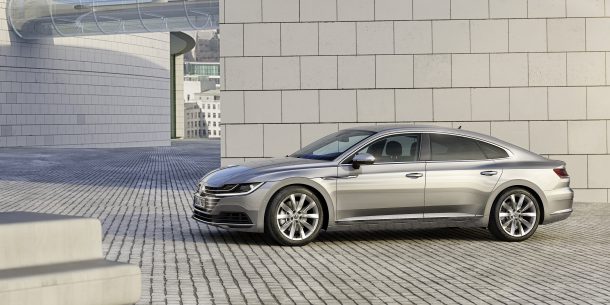




















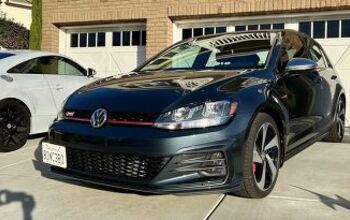
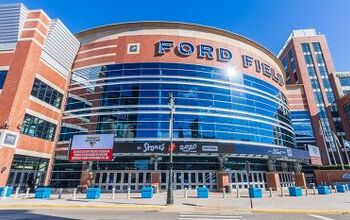
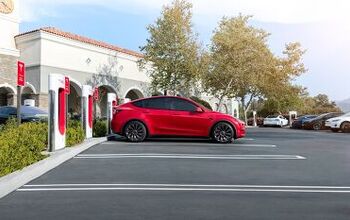
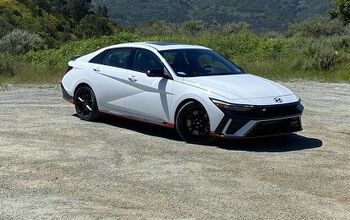
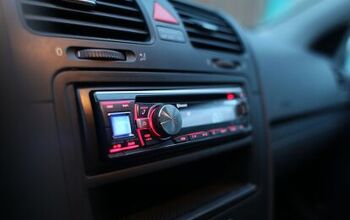
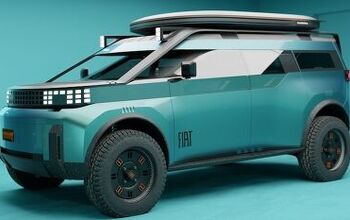
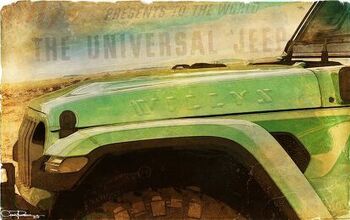
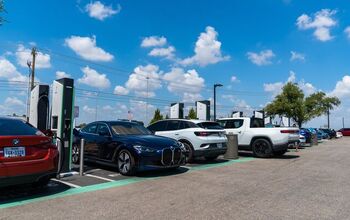
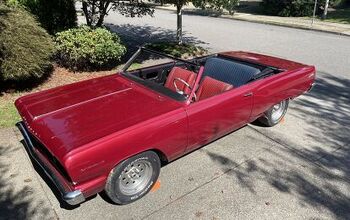
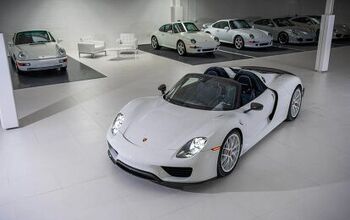
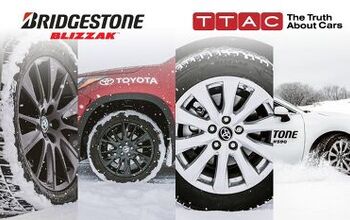


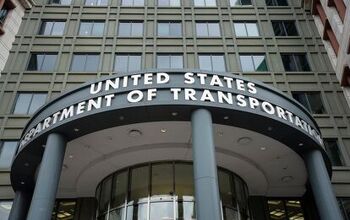
Comments
Join the conversation
If Hyundai can build Genesis cars, why not this?
As the proud owner of one of the last CCs brought into Canada, I'm glad they are continuing in this segment. I've had more compliments from strangers on the CC than anything I've owned before, but most have never heard of the nondescript name. The car feels very solid and the TSI 4 is largely unobtrusive with enough oomph to move a fairly heavy VW.